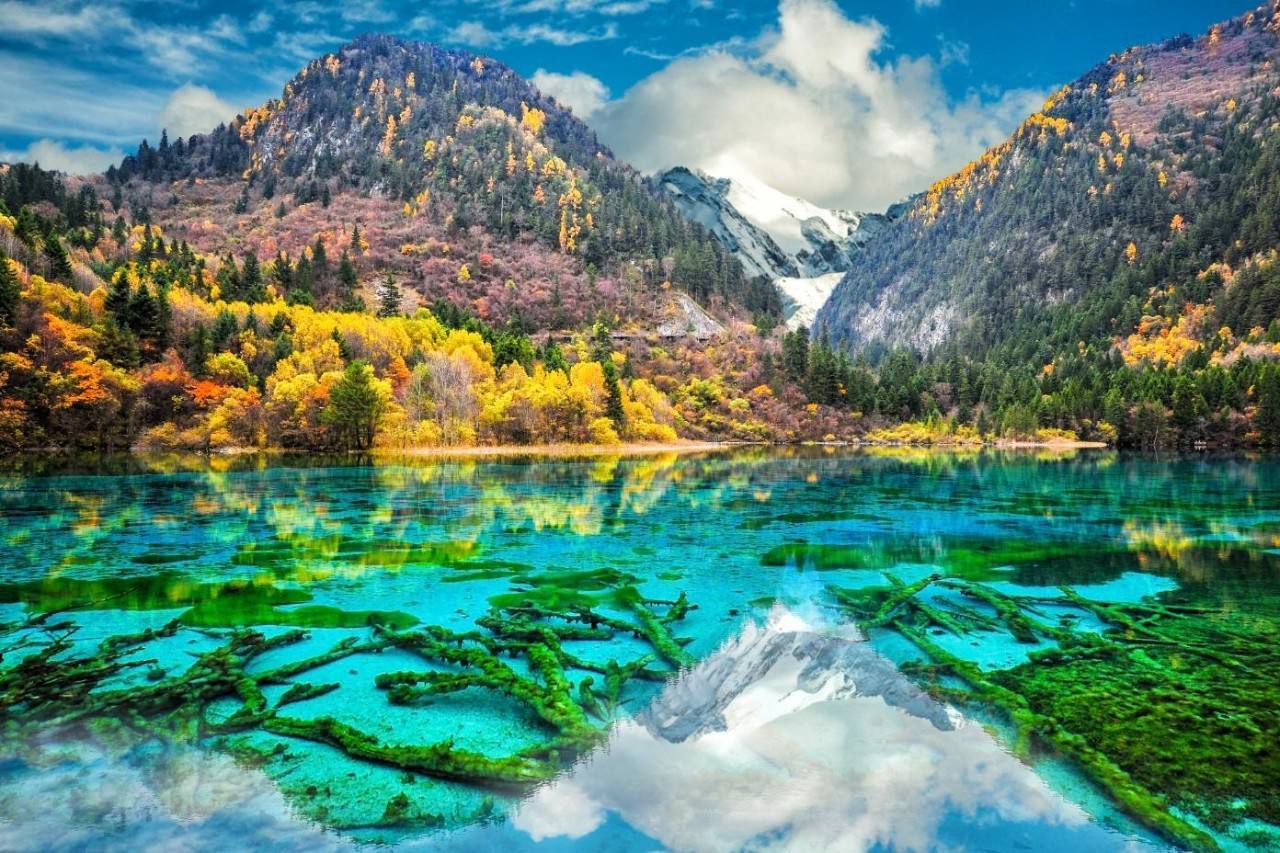Jiuzhaigou, located in the Aba Tibetan and Qiang Autonomous Prefecture of Sichuan Province, China, is one of the most famous natural scenic spots in the country. Known for its stunning landscapes and rich cultural heritage, Jiuzhaigou is a UNESCO World Natural Heritage site that draws visitors from all over the world. Nestled on the eastern edge of the Tibetan Plateau, this picturesque valley is renowned for its pristine lakes, cascading waterfalls, snow-capped mountains, and dense forests. Often referred to as a "fairyland on earth," Jiuzhaigou is a unique blend of natural beauty and cultural significance. This article will explore the breathtaking landscapes, cultural history, and ecological wonders of Jiuzhaigou.
1. The Natural Beauty of Jiuzhaigou
Jiuzhaigou is characterized by its diverse and mesmerizing natural features, including lakes, waterfalls, forests, and mountains. The valley is shaped like a "Y," with three main scenic areas: Zechawa Valley, Rize Valley, and Shuzheng Valley. Each area offers its own distinct charm, showcasing the different aspects of Jiuzhaigou’s natural beauty.
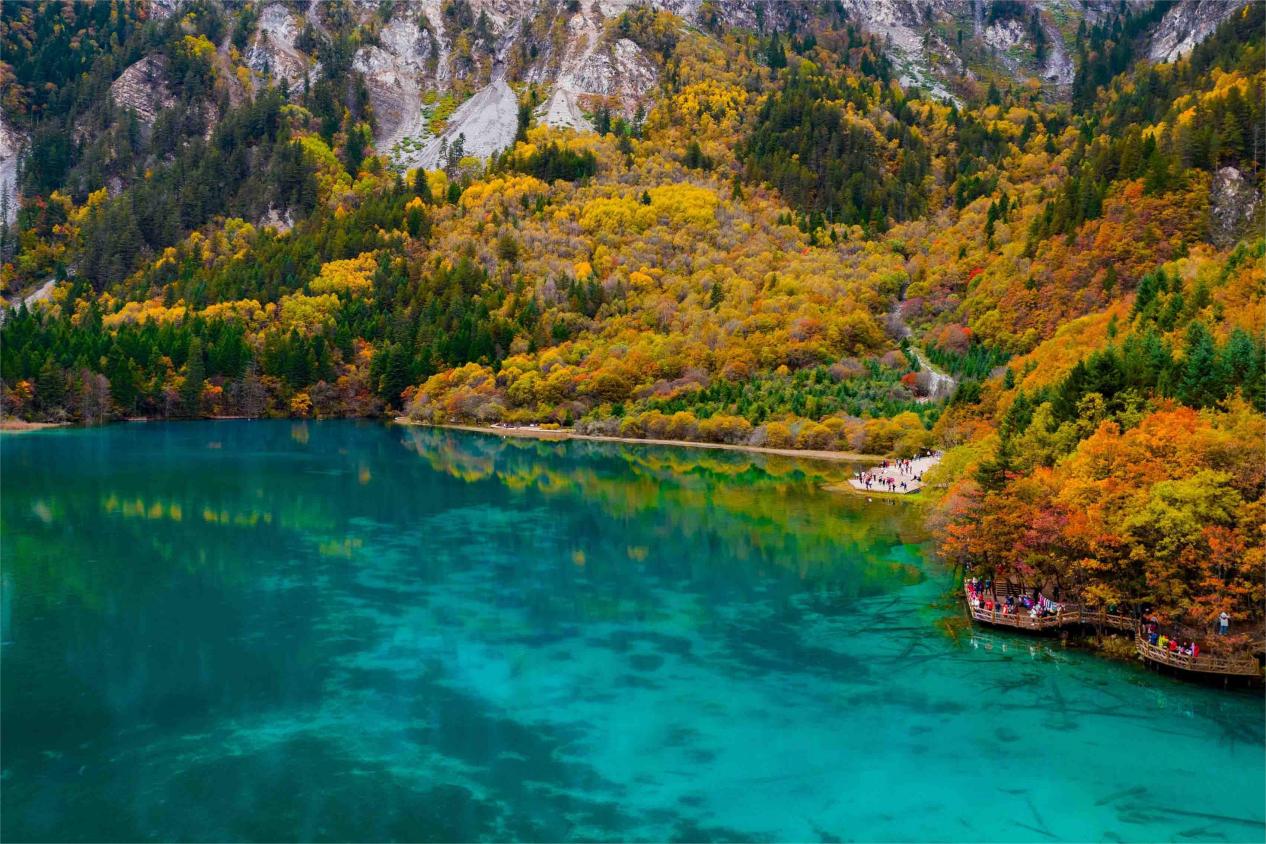
1.1 Lakes: Mirror-Like Alpine Waters
The lakes in Jiuzhaigou, often referred to as "Haizi" by locals, are one of the most iconic features of the region. With crystal-clear water and vivid colors that change with the seasons, these lakes provide visitors with a truly surreal experience. There are over 100 lakes in the Jiuzhaigou area, each with its own unique color and appearance, influenced by minerals, algae, and sunlight.
- Five-Color Pond: Known as one of the smallest but most beautiful lakes in Jiuzhaigou, Five-Color Pond is famous for its vibrant hues, which range from turquoise to emerald green. The clarity of the water reveals the intricate textures of the underwater formations, creating a mesmerizing palette of colors.
- Long Lake: The largest lake in Jiuzhaigou, situated at an altitude of 3,060 meters, Long Lake is surrounded by towering mountains and dense forests. Its serene, mirror-like surface reflects the snow-capped peaks, offering a stunning panorama that changes with the seasons.
1.2 Waterfalls: Majestic Cascading Waters
Jiuzhaigou is home to numerous waterfalls, which add dynamic movement and sound to the tranquil landscape. The waterfalls in the region are known for their scale and beauty, often flowing over rocky cliffs and surrounded by lush greenery.
- Nuorilang Waterfall: One of the most famous and largest waterfalls in Jiuzhaigou, Nuorilang is 20 meters high and 320 meters wide. It is especially striking in the autumn when the surrounding trees turn brilliant shades of red and gold, creating a stunning contrast with the water.
- Pearl Shoal Waterfall: As water flows over the gently sloping rocks of Pearl Shoal, it creates the appearance of glistening pearls scattered across the surface. The waterfall cascades down in wide sheets, offering a spectacular display of flowing water.
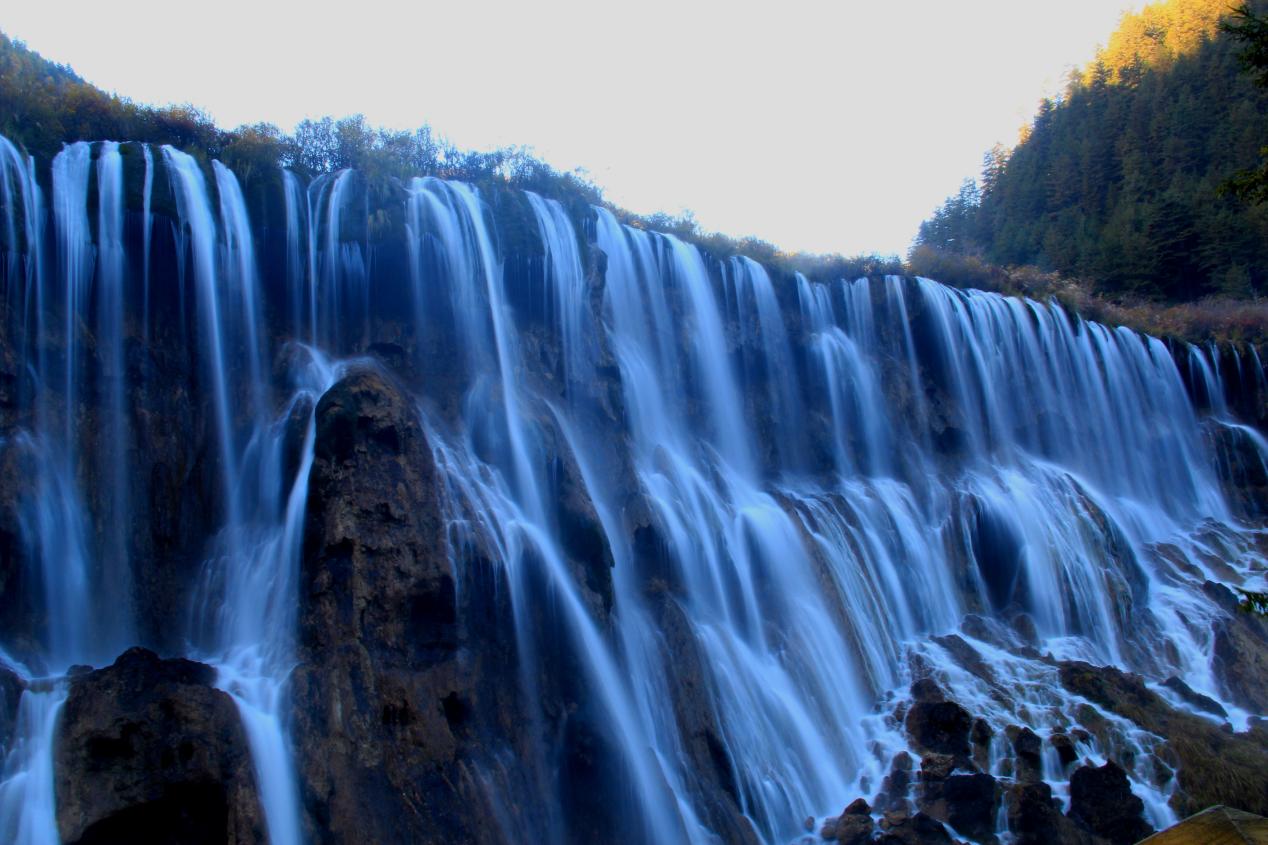
1.3 Forests and Mountains: A Wilderness of Alpine Scenery
The forests in Jiuzhaigou are a mix of deciduous and coniferous trees, creating a rich ecosystem that supports a wide variety of plant and animal life. The snow-capped peaks of the surrounding mountains provide a stunning backdrop to the valley, making it a paradise for nature lovers and photographers.
- Primeval Forest: This dense and ancient forest area offers a glimpse into the untouched natural world of Jiuzhaigou. Walking through the forest trails, visitors can see towering trees, lush undergrowth, and, in some seasons, wildflowers that carpet the forest floor.
- Snow-Capped Peaks: The mountains surrounding Jiuzhaigou, many of which are snow-covered year-round, add to the area's ethereal beauty. In winter, the contrast between the white snow and the blue lakes creates a magical atmosphere that transforms the landscape into a winter wonderland.
2. Cultural Significance and History
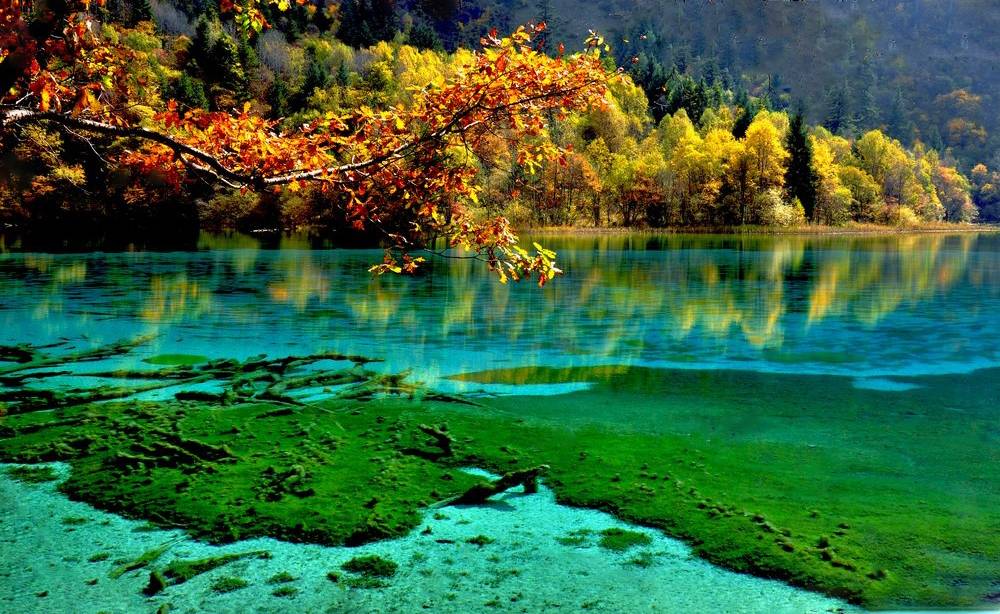
Jiuzhaigou is not just a place of natural beauty; it is also a region steeped in cultural and historical significance. The name "Jiuzhaigou" means "Nine Village Valley," referring to the nine Tibetan villages scattered throughout the valley. These villages offer a glimpse into the traditional lifestyles of the Tibetan people, who have lived in harmony with nature for centuries.
2.1 Tibetan Culture and Traditions
The Tibetan inhabitants of Jiuzhaigou maintain a close connection with the land, and their culture is deeply intertwined with the natural environment. Visitors can experience Tibetan hospitality, traditional architecture, and religious practices that reflect the area's spiritual significance.
- Tibetan Villages: Among the most famous villages in Jiuzhaigou are Shuzheng and Heye. These villages are known for their distinctive wooden houses, prayer flags, and Buddhist temples. The architecture of the Tibetan homes is designed to withstand the harsh weather conditions of the high-altitude region, and the vibrant prayer flags that adorn the villages add to the area's mystical atmosphere.
- Festivals and Rituals: Tibetan festivals, such as Losar (Tibetan New Year) and traditional harvest celebrations, are important events in the valley. These festivals are marked by music, dancing, and religious ceremonies that honor both the deities and the natural forces that shape the region.
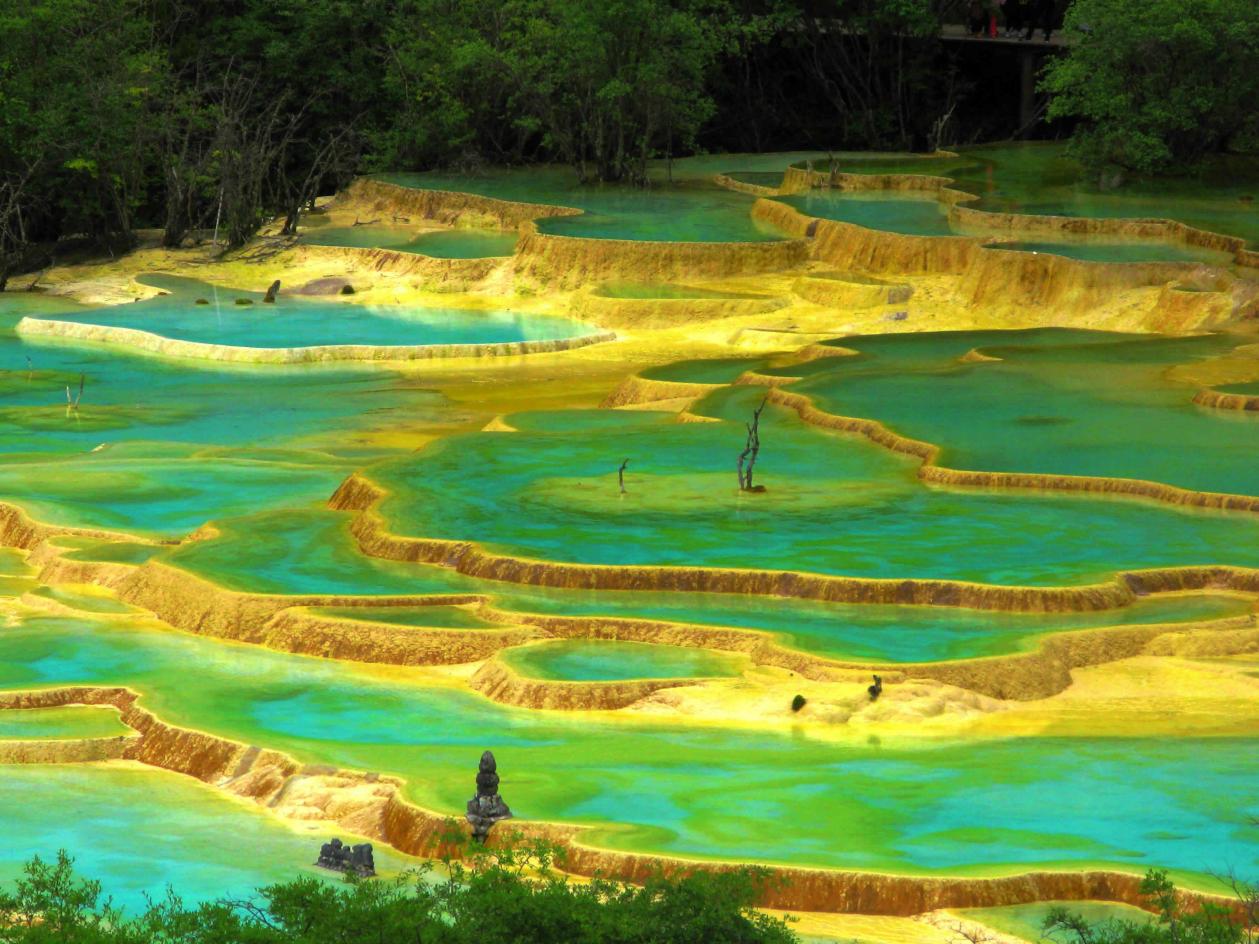
2.2 Ecological Balance and Conservation Efforts
Due to its ecological significance, Jiuzhaigou has been the focus of extensive conservation efforts. The area's diverse flora and fauna include many rare and endangered species, such as the giant panda and the Sichuan golden monkey. The local Tibetan community has long practiced sustainable living, working to preserve the balance between human life and the natural world.
- Flora and Fauna: The Jiuzhaigou ecosystem is home to over 200 species of birds, as well as animals like the giant panda and the golden monkey. The region's high altitude and diverse microclimates have allowed a wide variety of plant species to flourish, making it a hotspot for biodiversity.
- Environmental Protection: In recent years, Jiuzhaigou has faced challenges from increased tourism, but the local government has implemented strict conservation policies to protect its fragile environment. Measures include limiting the number of daily visitors, creating eco-friendly infrastructure, and educating tourists on the importance of environmental preservation.
3. Conclusion
Jiuzhaigou is a rare and remarkable place where nature and culture intertwine to create a unique experience for visitors. Its stunning lakes, towering waterfalls, lush forests, and snow-capped mountains offer a glimpse into a world of untouched beauty, while the Tibetan villages and traditions provide a rich cultural context. As a UNESCO World Heritage Site, Jiuzhaigou is not only a testament to the power of nature but also a symbol of the harmonious relationship between humans and the environment. Whether you are drawn by its breathtaking landscapes or its cultural heritage, Jiuzhaigou is truly a natural wonderland that continues to captivate and inspire.
